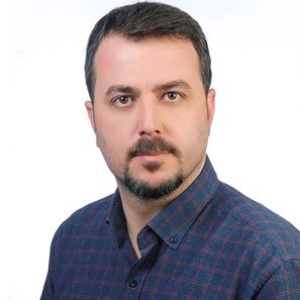Title : Environmental performance of hydrochar-derived magnetic carbon composite for heavy metal removal
Abstract:
Recently, hydrothermal carbonization (HTC) is emerging as an efficient and valuable pre-treatment technology for converting waste biomass into highly dense carbonaceous materials that can be used in a wide range of applications across the fields of energy, environment, soil remediation and nutrient recovery. In the present investigation, a one-step synthesis of Fe-modified hydrochar was performed through hydrothermal carbonization (HTC) of biowaste and FeSO4.7H2O. Pomegranate marc waste (PMW) was hydrothermally carbonized at 220oC for 12 h, and the hydrochar (PMWHC) was embedded with iron nanoparticles. The as-prepared composite was characterized by ATR-FTIR spectra, VSM, and SEM-EDX spectroscopy. Isotherm studies were taken place for evaluating the potential of PMWHC for adsorption of heavy metal (lead(II)) ions from artificially stimulated wastewater. The isotherm results indicated that experimental data best fitted to Langmuir, with a determination coefficient approaching one (R2 = 0.99). Maximum monolayer adsorption capacity for this composite was found to be 98.45 mg/g. Thermodynamic studies indicated that adsorption was chemisorptive and endothermic. Isotherm studies were taken place for evaluating the potential of these results show that the PMWHC prepared from low-cost agricultural waste (PMW) with oxygen-rich surface functional groups acts as a better adsorbent for removal of Pb+2 ions and could pave the way for more low-cost adsorbents for metal removal. The results indicate the effectiveness of this facile synthesis strategy in converting low-value biowaste into a functional material with high performance for pollutant removal from aqueous solutions.
Audience Take Away:
- Environmental-friendly PMWHC composite was synthesized via an in situ one-pot hydrothermal route.
- Removal of Pb+2 ions by PMWHC as a bioadsorbent.
- The adsorption of Pb+2 was in accordance with the Langmuir model.
- Magnetic adsorbent showed a maximum adsorbed quantity of 98.45 mg/g for Pb+2.
- PMWHC is an efficient and cost-effective adsorbent for the removal of heavy metal from wastewater.



